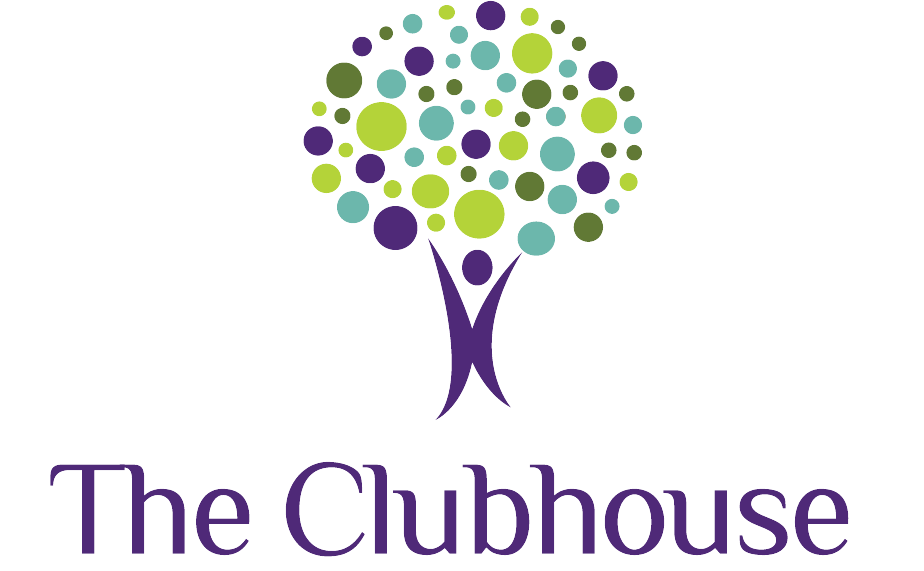One of the most common reasons for a parent or pediatrician to refer a child for a speech-language evaluation is because “they’re not talking.” Many children who begin therapy can gain language quickly and catch up to peers, but for some children, talking does not come as easily.
Childhood Apraxia of Speech refers to a motor speech disorder in which the child knows what they want to say, but has difficulty executing and coordinating the oral movements in order to accurately produce the words. The brain has difficulty planning these movements for speech production.
Children with apraxia can vary widely in their presentation of symptoms. The following behaviors may be suggestive of speech motor planning difficulty:
- a large gap between receptive language (comprehension) and the ability to verbally express thoughts and ideas (expression)
- speech errors that are atypical rather than developmental in nature
- vowel distortions
- difficulty imitating speech modeled by a speaker
- inconsistency in errors
- oral groping (mouth movements without speech)
- choppy speech
- frustration or withdrawal from tasks which require spoken responses
- generally reduced quantity of verbalization
- non-verbal communication substituted for verbal attempts.
Apraxia therapy looks different for every child, depending on their severity and age, and many times it can be confused with other speech challenges. For younger clients or clients who have more significant motor planning difficulty, therapy may include imitation of any vocalizations, long and short vowel and consonant sounds, actions paired with sounds/words, environmental sounds (such as vehicle and animal sounds), and oral movements related to speech.
For older children or children with less significant motor planning difficulty, therapy may include production of multi-syllable words, production of specific consonants in the initial, medial, and final position of words, vowel production, or sequencing multi-word phrases. Varying levels of cueing by the speech-language pathologist will be used to facilitate productions.
Whatever your child’s needs, it is important to locate a licensed speech-language pathologist with experience with apraxia in order to correctly diagnose and treat the speech motor planning disorder.
Would your child benefit from working with one of our speech-language pathologists? Contact us today to schedule an evaluation or complimentary screening!
By: Alex Gantner, M.A. CCC-SLP

